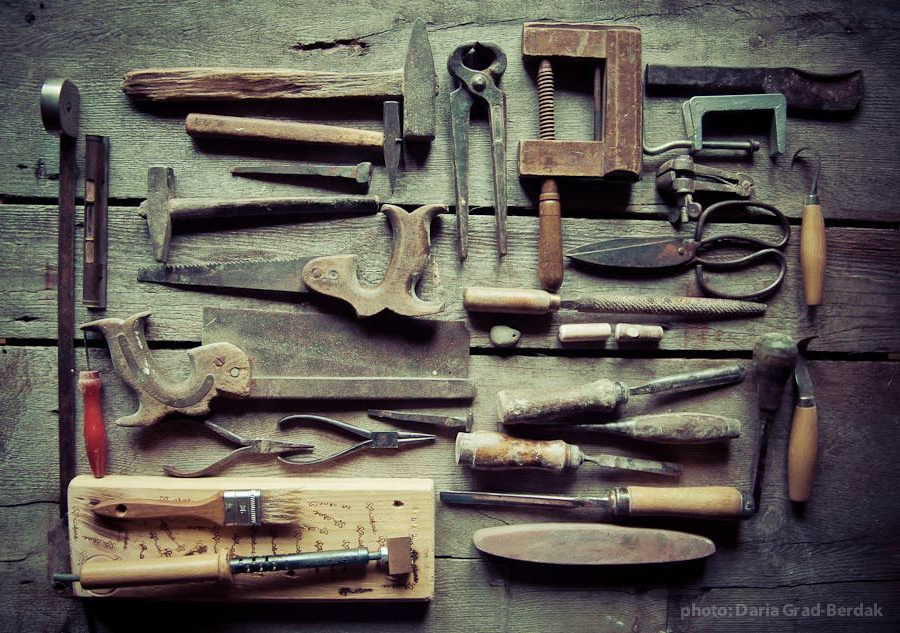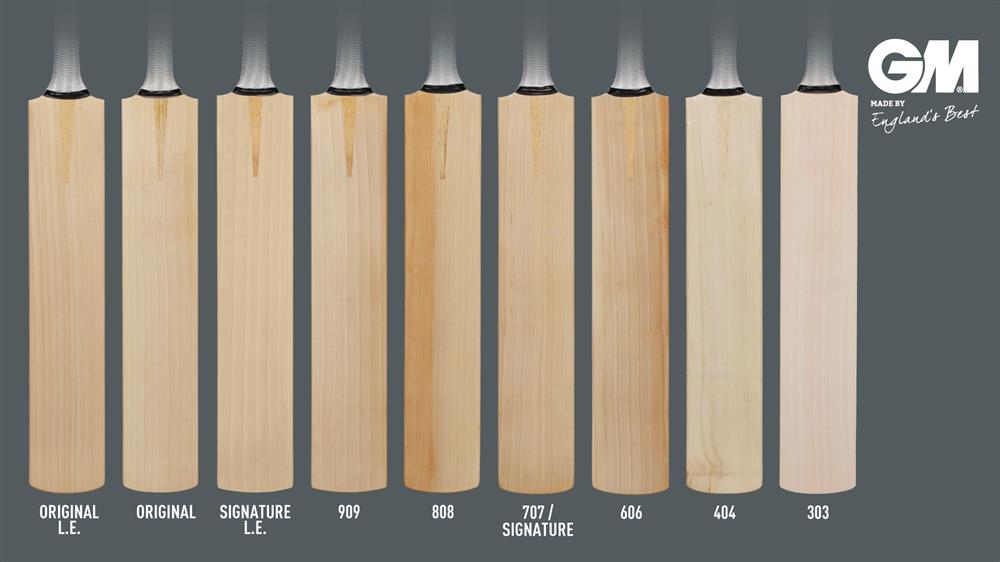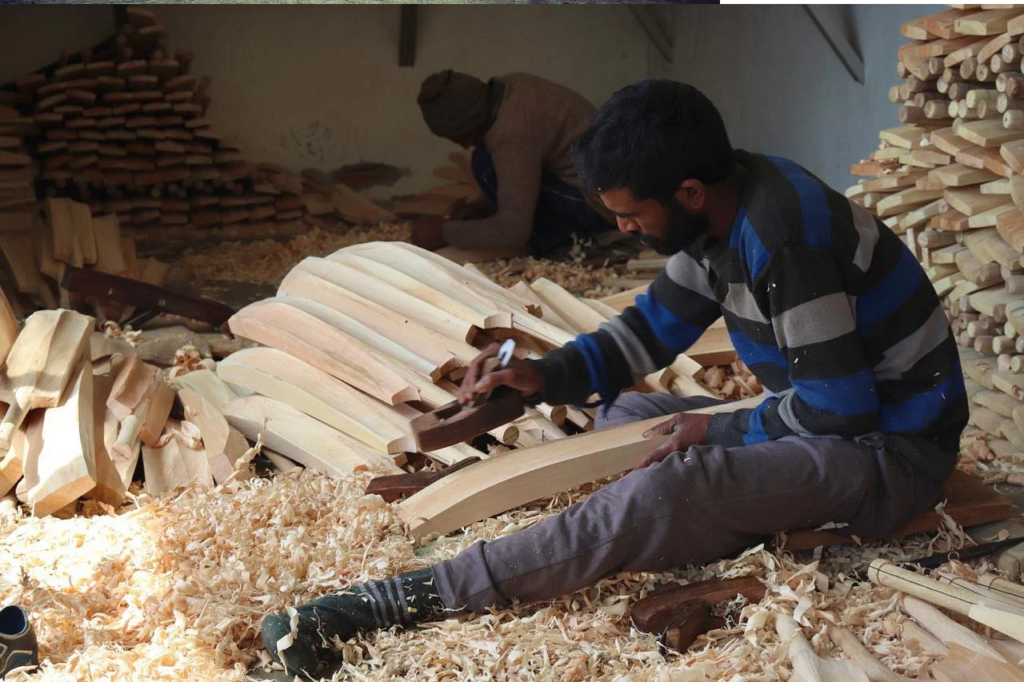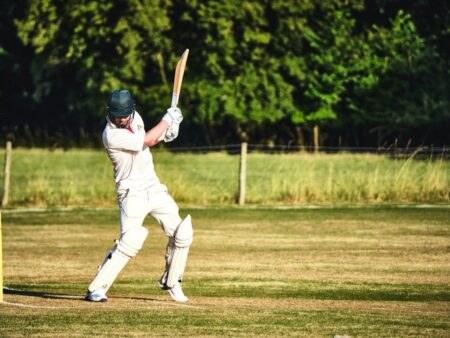Let’s step into the field and explore how cricket bats are made.
How to Make a Cricket Bat? Step by Step Process
Cricket, an internationally loved sport, revolves around a few key elements – the ball, the wicket, and perhaps, most importantly, the bat. A cricket bat is not merely a piece of sports equipment, but a symbol of a player’s prowess and a testament to the fine art of cricket bat manufacturing. Ever wondered how cricket bat is made? This article will take you behind the scenes into the world of cricket bat manufacturers, unraveling the step-by-step process behind making a cricket bat. Whether you’re a cricket enthusiast, an aspiring player looking for affordable cricket bats, or someone interested in the craft or in cricket betting, this guide will offer valuable insights into training cricket bats and their creation. So, let’s step into the field and explore how cricket bats are made.
Table of Contents
What Kind of Wood is Used to Make Cricket Bats
The choice of wood is a crucial factor in crafting cricket bats, and the industry standard is willow. There are different types of willow used, with each variety having its unique characteristics and benefits.
English Willow (Salix Alba Caerulea)
Predominantly used by professional batsmen, English Willow is renowned for its high performance. The wood boasts a high moisture content and a robust structure, allowing for excellent rebound qualities and durability.
Kashmir Willow (Salix Alba Caerulea)
Kashmir Willow, native to the Indian subcontinent, is denser and less bouncy than its English counterpart. However, it’s an excellent option for those seeking affordable cricket bats without compromising too much on performance.
Hybrid Willow (Crossbred Varieties)
To tap into the best qualities of different willow types, manufacturers often use hybrid willow. This crossbred variety offers a balance between cost-effectiveness and game performance.
Alternative Woods for Specialized Bats
While willow remains the dominant choice, some manufacturers experiment with alternative woods for specialized bats. These variants cater to unique player needs, providing an extra edge on the cricket field.
In the world of cricket bat manufacturing, the type of wood used plays a pivotal role, influencing the bat’s performance, longevity, and cost. Whether you’re a novice looking for training cricket bats or a seasoned player seeking the perfect bat, understanding these wood types can guide your decision.
What Tools You Need to Make a Cricket Bat
The process of making a cricket bat requires a combination of skilled craftsmanship and specialized tools. The creation of a bat begins with the choice of a fine piece of willow, but the transformation of this raw material into a ready-to-use cricket bat necessitates the use of various tools. Here’s a list of the essential tools required:
Draw Knife
The draw knife is used to remove the bark from the cleft and carve it down to a rough bat shape. It requires a steady hand and an experienced eye to ensure a balanced bat.
Spokeshave
This tool further refines the shape of the bat. Spokeshaves are used to give the bat its distinctive hump, which can influence the balance of the bat and how a player swings it during a game.
Plane
A plane is used to smooth the surface of the bat, eliminating any rough areas and preparing it for the next stages of production.
Gouge
A gouge is used to carve out the handle hole in the bat. This crucial step requires precision to ensure a perfect fit for the handle.
Grip Cone
A grip cone is used to apply the rubber grip to the handle of the bat. It’s an important tool in ensuring the grip is fitted correctly and securely.
Sandpaper
Lastly, sandpaper is used to give the bat a smooth finish, enhancing its look and feel.
The crafting of a cricket bat is a complex and delicate process, and these tools play an integral role in shaping the bat to perfection. Once the bat is complete, it moves on to the ‘knocking in’ stage – a critical step in preparing the bat for play and extending its lifespan.

The Art of Willow Selection: Choosing the Right Grade
Selecting the appropriate willow grade is another essential step in making a cricket bat. The grade doesn’t necessarily denote the performance of the bat but is an indicator of the aesthetics. Willow is graded according to the number, straightness, and spacing of the grains, the amount of white present, and the existence of any blemish or ‘butterfly’ stain.
Grade 1 Willow: The Choice of the Pros
Grade 1 Willow, also known as the “Players Grade,” is considered the highest quality willow. It’s characterized by a clean, unblemished appearance, with a high number of straight, even grains. The color of the wood is often white or very light, with little to no discoloration. This grade offers the highest performance and is the go-to choice for professional cricketers.
Grade 2 and 3 Willow: Most Bang for the Buck
Grade 2 Willow, often termed as a “Pro-Grade,” is a step down from Grade 1, with a bit more color and possibly a minor blemish. Grade 3 Willow, or “Club Grade,” shows more evident color variations, may have slightly irregular grain patterns, and can include a small knot or ‘butterfly’ stain. Both these grades offer a great compromise between quality and cost, making them popular choices among amateur and semi-professional players.
Grade 4 Willow: Most Budget Friendly
Finally, there’s Grade 4 Willow, or “Economy Grade.” This grade has more visible cosmetic flaws, such as larger knots or butterfly stains, more grain irregularities, and a greater degree of color variation. However, these aesthetic factors don’t significantly impact the bat’s performance. For players on a budget or beginners, Grade 4 Willow bats can be an affordable and practical choice.
Understanding the grading of cricket bats is essential in helping players find a bat that suits their needs and budget. Remember that the grading system is predominantly about the appearance of the willow and not necessarily the performance. Cricket bats made with lower-graded willow can still deliver an excellent performance on the field, especially when complemented with good technique and consistent maintenance.

Steps to Make a Cricket Bat
The Cutting Process
The journey of how a cricket bat is made begins with the cutting process. The willow is initially cut into a rectangular slab called a “cleft”, which roughly resembles the shape of the bat. The cleft is then further cut and shaped using a draw knife, with careful consideration given to the direction of the grain to ensure optimal strength and performance.
Pressing the Willow
After the initial cutting, the cleft undergoes a pressing process. This involves applying pressure to the face of the bat using a mechanical press. The process compresses the fibres, hardening the surface, and enhancing the bat’s durability. The extent of pressing can influence how the bat plays, so manufacturers often adjust the pressure according to the player’s specifications.
Fitting the Handle
The next step involves fitting the handle into the bat. A hole is carved into the top of the cleft with a gouge, and a handle, usually made from cane, rubber, and string, is carefully fitted into this hole. The handle is secured using a strong adhesive and left to dry. The handle greatly affects the handling and feel of the bat, so this step requires precision and skill.
Shaping the Bat
Once the handle is securely fitted, the bat is shaped. A spokeshave tool is used to give the bat its distinctive curved shape. The bat’s shape affects its pickup and balance, so the shaping process is tailored to the player’s individual style and preference.
Sanding the Surface
After shaping, the bat is thoroughly sanded. This is done using sandpaper to ensure a smooth surface and bring out the natural look of the wood. It also helps to prepare the surface for the next stage of the process – binding and polishing.
Binding the Handle
The handle of the bat is then bound with a layer of twine. This not only strengthens the handle but also enhances the grip and prevents any movement between the handle and the blade. The quality of binding significantly impacts the bat’s longevity and the player’s control during a game.
Polishing the Bat
Following binding, the bat is polished. This stage is not just about aesthetics but also about bat protection. Polishing seals the wood, helps to prevent moisture absorption, and reduces the likelihood of damage during play.
Labeling the Bat
The final step in the cricket bat manufacturing process is labeling. The manufacturer’s logo or brand name is usually applied on the face of the bat. In addition to this, care instructions, product details, and often a signature of authenticity from the bat maker may also be included. This step adds the finishing touches, and the cricket bat is then ready for play.

Variations of Cricket Bats
Traditional vs. Modern Cricket Bats
The evolution of cricket bats has seen a significant shift from traditional to modern designs. Traditional cricket bats were typically heavier, with a high spine and thin edges. Modern cricket bats, on the other hand, have a much lighter feel, broader sweet spot, and thicker edges, offering better control and power to the player. The primary goal of these changes has been to enhance the performance capabilities of players across all levels.
Technique Bats
Technique bats, or training cricket bats, are specialized tools designed to aid in skill development and practice. These bats are usually narrower than regular bats, which forces the player to hit the ball more accurately. Using a technique bat can significantly improve timing, footwork, shot precision, and hand-eye coordination.
Short Handle Bats
Short handle bats are the most common size of cricket bat and are suitable for players of average height (approximately 5’7″ to 6’2″). The shorter handle allows for increased control and maneuverability, particularly when playing shots. Short handle bats are the go-to choice for many cricket bat manufacturers and are widely used in the cricketing world.
Long Handle Bats
Long handle bats are designed for taller players (over 6’2″), providing them with the extra reach needed for optimal performance. While these bats offer more leverage for shots, they can be a bit more challenging to control than their short handle counterparts. However, with the right technique, long handle bats can be a powerful tool on the cricket field.
Conclusion
In conclusion, the process of making a cricket bat is a detailed and meticulous craft that involves several stages. Beginning with the selection of high-quality willow, the bat undergoes cutting and shaping processes, followed by pressing the willow for enhanced durability. The handle is fitted, the bat is shaped and sanded for smoothness, and then the handle is bound with a layer of twine for reinforced grip and control. The bat is subsequently polished for protection and aesthetics before being labeled with the manufacturer’s details. From traditional to modern designs, technique bats to long and short handle variations, the evolution of cricket bats caters to players at all skill levels. Understanding the craftsmanship behind every cricket bat not only underscores its value but also enhances the appreciation of this significant component of the beloved sport of cricket.
- What Is Arbitrage Betting – A Complete Guide And Winning Strategies - July 25, 2024
- Value Betting Guide – How To Get The Most Value Out Of Making Bets - July 18, 2024
- Guide to Betting Markets: Big, Middle and Small - July 9, 2024


















